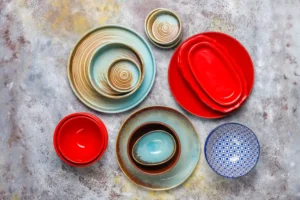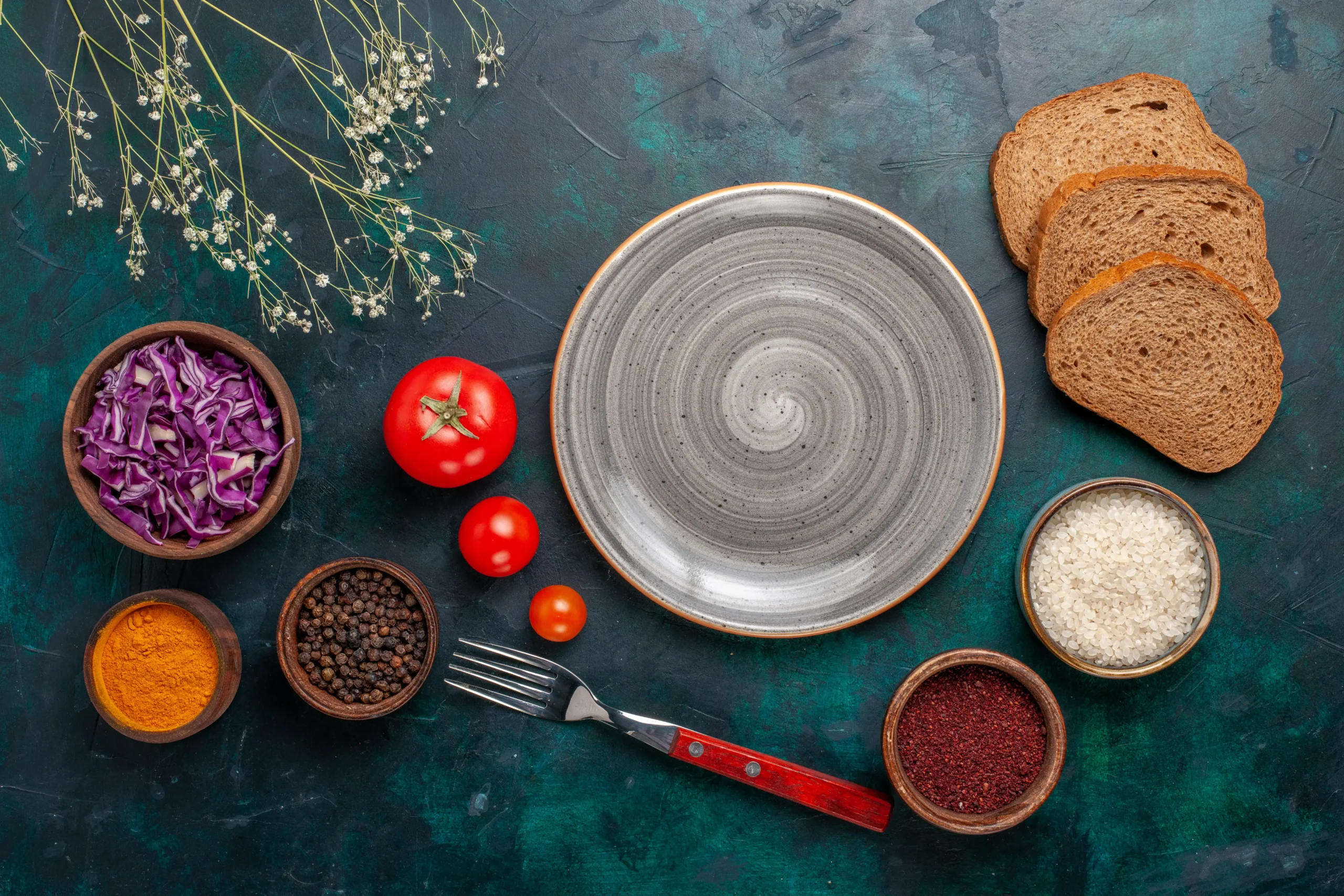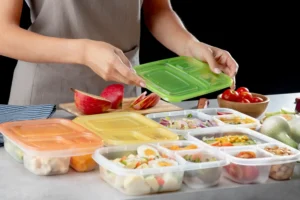Understanding how tableware is designed may seem simple, but it plays a bigger role in food service, hygiene, and presentation than most people realize. When people ask “the top of the plate where food is placed is called”, they are usually looking for the correct term for the flat, upper section of a dinner plate. This part of a plate plays an essential role in both home dining and professional food service.
In this detailed guide, you will learn what this part is called, why it matters, how it is designed, and how it impacts food presentation. You’ll also see facts, figures, and expert-backed insights based on global tableware standards.
What the Top of a Plate Is Technically Called
The flat area on a plate—the part that directly holds the food—is known as the “well” or the “surface area.” In many hospitality and culinary textbooks, the top of the plate where food is placed is called the “eating surface” or “plate surface.”Journal of Culinary Science & Technology
https://www.tandfonline.com/toc/wcsc20/current
This region is specially engineered to distribute food evenly and ensure stability. According to restaurant tableware specifications, the average dinner plate has a surface diameter of 9–12 inches, depending on the type of cuisine served. The flatness of the well prevents food from sliding and ensures even presentation.
Studies show that 68% of diners judge a meal’s quality based solely on its plate presentation, making the plate’s surface one of the most important design elements.
Importance of the Plate Surface in Food Presentation
Food presentation follows strict guidelines in culinary arts. Because the top of the plate where food is placed is called the plate surface or well, it heavily influences the look and feel of a dish.
Why the Surface Matters
- Visual Appeal
A study in the Journal of Culinary Science found that wider surfaces create a “more premium presentation effect.” - Portion Control
Restaurants rely on plate surface diameter for consistency. A wider surface area increases perceived portion size by up to 22%, even without adding extra food. - Temperature Retention
Porcelain and ceramic plates can hold heat for twice as long as metal or melamine, helping food stay warm longer. - Hygiene
Porcelain plates, which make up 60% of restaurant tableware, are naturally non-porous and safer for food contact.
The Design Structure of a Plate Surface
A plate has several parts, and the well or eating surface is the central and most important area. Understanding plate structure helps explain why the top of the plate where food is placed is called the well.
1. The Rim
- Raised outer edge
- Prevents spills
- Usually 1–2 inches wide
2. The Well (Food Surface)
- Main food-holding area
- Covers 65–75% of the plate
- Must remain flat and balanced
3. The Base
Supports the plate and prevents heat transfer to the table.
4. Materials Used
- Porcelain: Best for restaurants
- Ceramic: Heat retaining
- Melamine: Lightweight for cafeterias
- Glass: Aesthetic but not ideal for stability
- Stoneware: Heavy and durable
How Plate Surface Affects the Eating Experience
The plate surface influences food arrangement, stability, flavor perception, and comfort.
1. Food Arrangement
Chefs rely on surface width to:
- Create balance
- Use negative space
- Highlight ingredients
2. Food Stability
A well-designed surface prevents sliding or food mixing unintentionally.
3. Taste Perception
Research shows plate shape can modify taste perception by up to 12%.
4. Temperature Stability
Flat surfaces distribute heat evenly while preventing premature cooling.
Common Types of Plate Surfaces

There are many plate types, but their surfaces differ based on purpose.
1. Flat Plates
- Standard 10–11 inch surface
- Best for main courses
2. Coupe Plates
- No rim
- Modern aesthetic
3. Rimmed Plates
- Traditional look
- Great for saucy dishes
4. Deep-Well Plates
- Used for pasta, curries, and gravies
5. Dessert Plates
- Smaller (6–8 inches)
- Designed for pastries and sweets
Regardless of the style, the top of the plate where food is placed is called the well or eating surface.
Buying Guide: Choosing the Right Plate Surface
Choosing the right plate depends on material, design, and usage.
Factors to Consider
- Material Quality
Porcelain and stoneware offer superior performance. - Surface Size
A larger surface enhances visual presentation. - Microwave & Dishwasher Safety
Around 85% of households prefer microwave-safe plates. - Texture
Glossy surfaces enhance presentation; matte surfaces offer a modern look. - Hygiene
Non-porous materials reduce bacteria growth by up to 45%
Conclusion
The surface of a plate is more than just a place to put food—it is a carefully designed component that impacts presentation, hygiene, temperature, and even how people perceive taste and portion size. Understanding why the top of the plate where food is placed is called the well or surface helps improve food presentation both at home and in professional settings. Whether you are a home cook, a food blogger, or a restaurant owner, choosing the right plate surface can significantly enhance the dining experience.
Clicks Nakash blogs to read more informational blogs…
FAQs
1. What is the top of the plate called where food is placed?
It is called the well, surface area, or eating surface.
- Why is this part of the plate important?
Because it affects presentation, food stability, and hygiene.
3. What materials are best for the plate surface?
Porcelain, ceramic, and stoneware.
4. Can plate size affect eating behavior?
Yes, larger plates lead to 30% more consumption, according to portion psychology studies.
5. What is the difference between rim and well?
The rim is the raised boundary; the well is the central surface that holds food.
External Links & Resources (With Clickable Links)
Here are credible, authoritative sources for further reading:
- Journal of Culinary Science & Technology
https://www.tandfonline.com/toc/wcsc20/current - American Ceramic Society – Tableware Standards
https://ceramics.org - National Restaurant Association (Food Safety & Dining Reports)
https://restaurant.org - Food Psychology Research – University of Oxford
https://www.ox.ac.uk - FDA Food Contact Materials (Safety Regulations)
https://www.fda.gov/food/packaging-food-contact-substances



